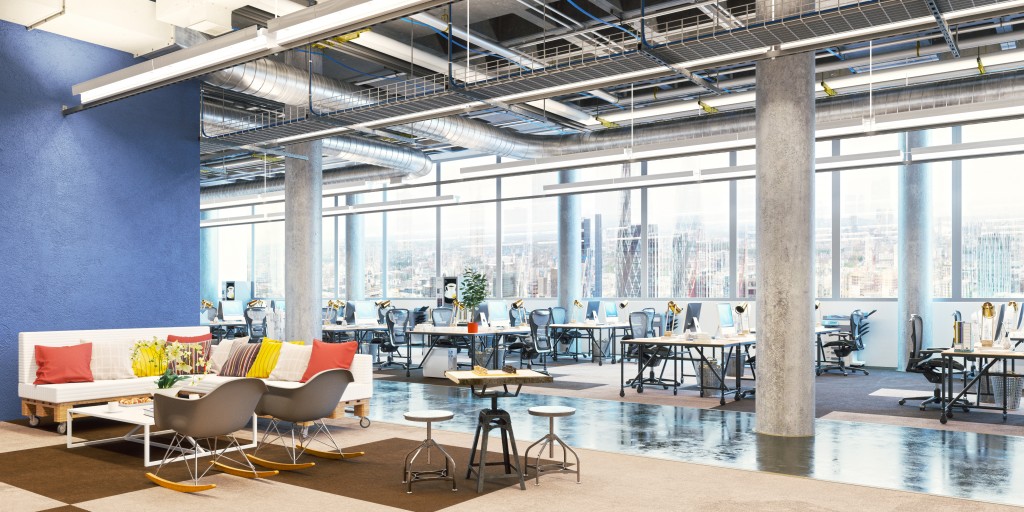Workstations are more than just desks and chairs equipped with the necessary tools. The people who use it spend a good chunk of their days doing so, so imagine working all day in a space that’s uncomfortable, messy, and just plain uninspiring?
That said, even if workstations are mainly used for work and not for leisure, its design should still be thought out carefully. Without a good design, you risk the chances of low productivity and low-spirited employees. If you want your workplace in Sydney or anywhere in Australia to have new and outstanding office workstation designs, check out this guide to get the ideal results your employees will surely appreciate.
Ergonomics
Ergonomics is related to an office design’s sustainability and should be your first priority as you design the ideal workstation. An ergonomically-designed or ergonomically-correct workstation has the employees’ needs into consideration. This means comfortable seating that allows for a proper posture, conveniently-sized desks with heights that allow computer screens to be within eye level, and equipment such as keyboards and mouse that are positioned within reach.
Poor ergonomics in a workstation may result in potentially fatal conditions such as Repetitive Stress Injuries (RSI). It is caused by constant eye strain and improper posture. It also brings about headaches, back and neck pain, and carpal tunnel syndrome from repetitive motions.

Besides that, musculoskeletal problems may also develop. Awkward positions and repetitive motions at work may put stress on the various parts of the musculoskeletal system, causing painful conditions and incapacity.
To prevent these issues from arising, make sure to heavily consider ergonomics when designing your new workstations. Have adjustable chairs and desks so that employees can control their heights and positions according to what’s comfortable for them. Make sure monitors are placed within eye level, in which your employees wouldn’t need to crane or dip their necks when they look at it. Keyboard and mouse positioning must be tailored for the person using them, ensuring that they can be reached for without disrupting proper posture.
To reduce repetitive motions, consider putting up standing workstations. That way, your employees can be given the chance to stretch their limbs and change positions from time to time. And also consider providing footrests and other ergonomic accessories to maximise comfort and promote ideal working conditions.
Workstation Overall Design Tips
With ergonomics already applied, it’s time to incorporate other elements to spruce up your workstations. Get creative and consider using multi-purpose furniture; they’re especially ideal in small offices without much room for storage spaces. Choose desks with built-in storage compartments, and shelving units that can hold printers and other important work material.
If you want a more open and airy atmosphere, utilize wall space instead of the floor. Fix or place storage units against the wall and avoid oversized furniture. Make sure the sizes of the desks and chairs are within the ideal scale for the size of the space.
Don’t forget the decorations. Your employees will surely bring in their personal items for decor, but it wouldn’t hurt to add a touch of your own creativity to your entire office. Get playful with light fixtures, flooring, wall art, and accent pieces such as extra seating.
With these design tips implemented, your new workstations will be crafted with functionality and aesthetics in mind. As a result, you’ll get great feedback, satisfied employees, surging productivity rates, and remarkable business performances.
